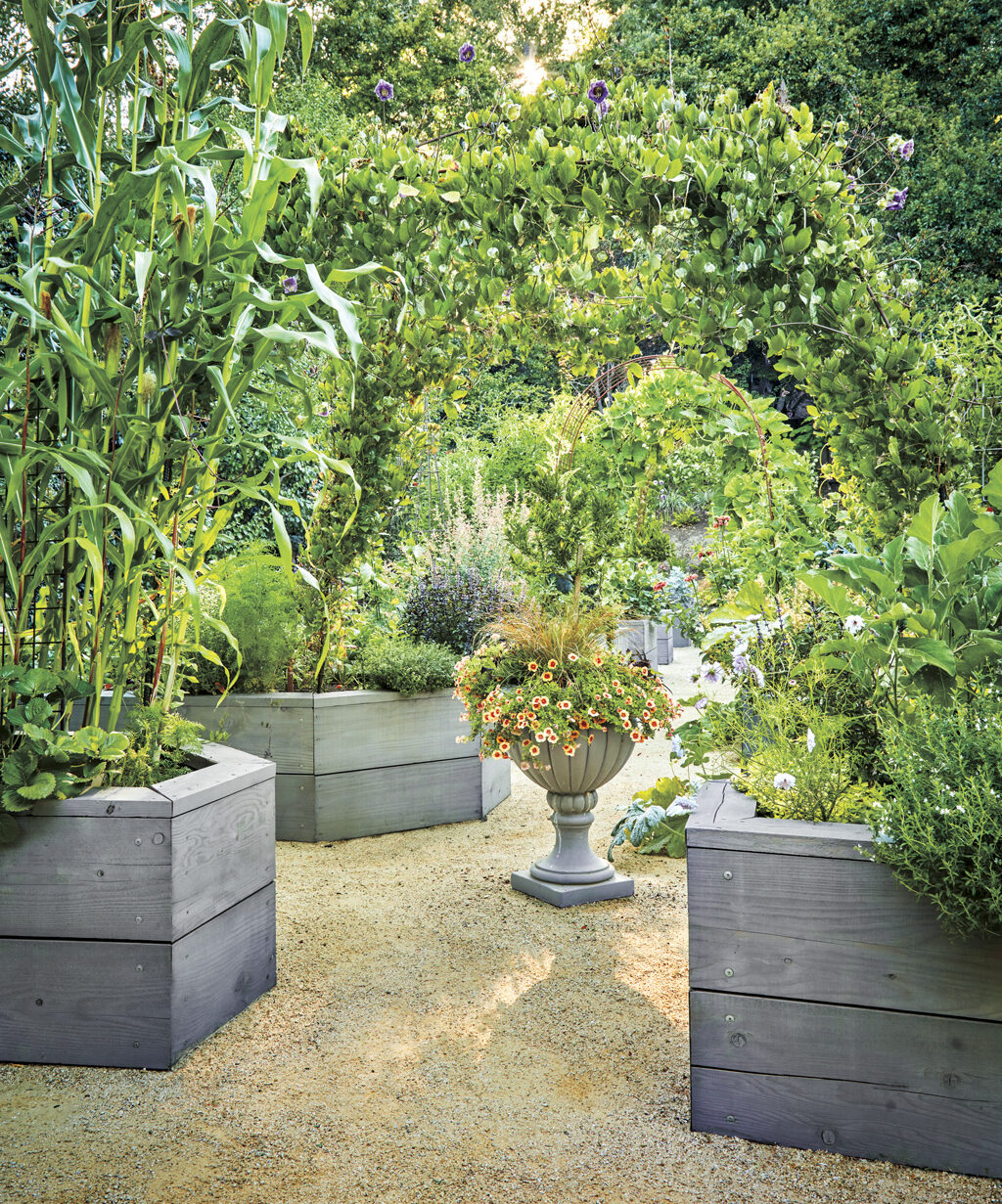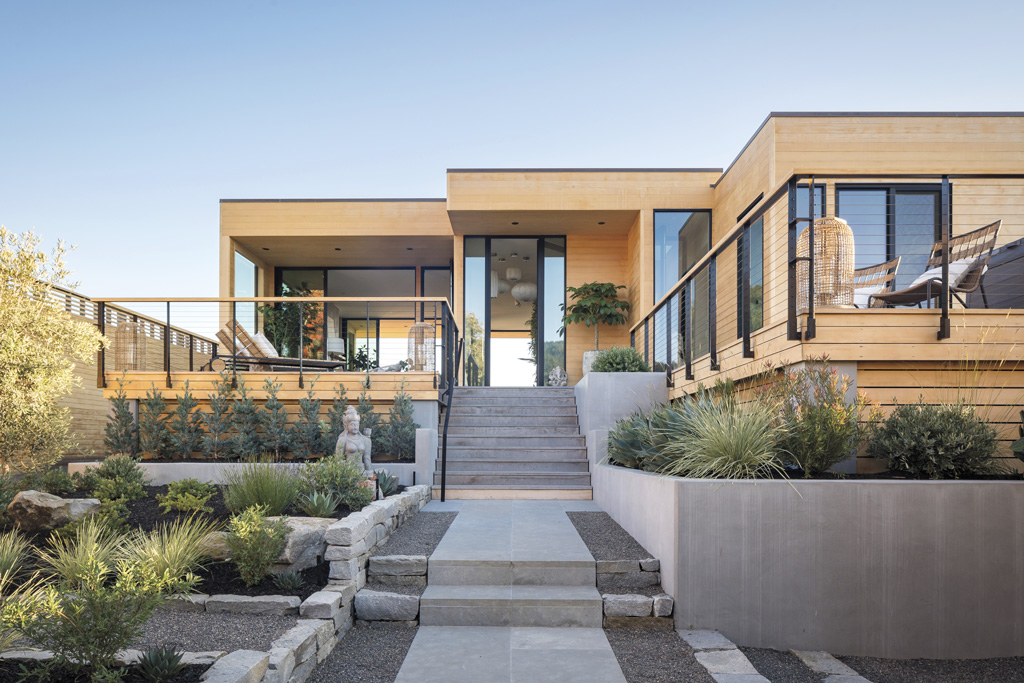Design & Home
Paso Robles Is Putting a Sophisticated, Sustainable Spin on Wine Country Architecture
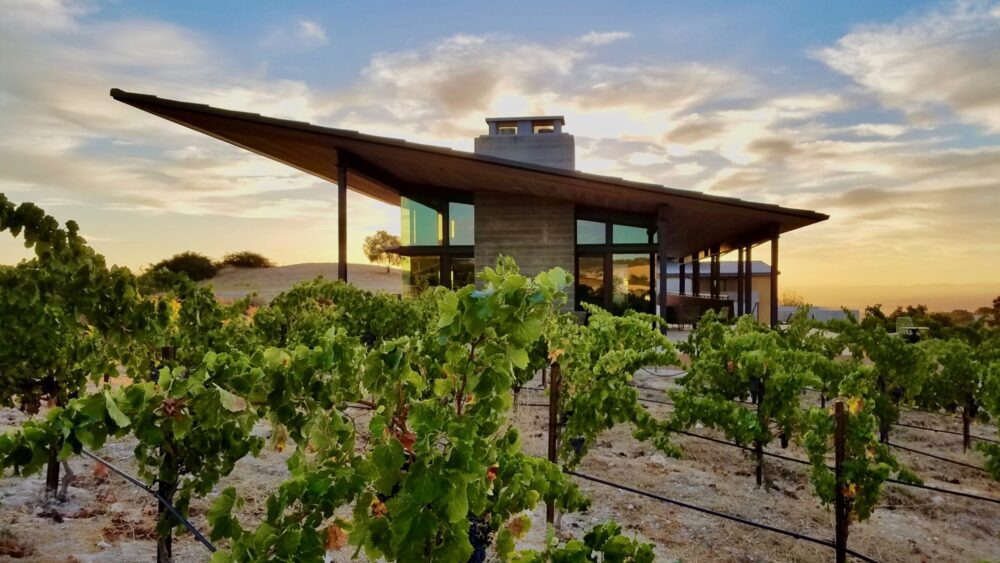 Law Estate Wines (photo by Phil Pfunder)
Law Estate Wines (photo by Phil Pfunder)Paso Robles, the town and viticultural region four hours south of Marin on Highway 101, has always had a certain disregard for rules. Co-founded by outlaw Jesse James’ uncle Drury James, who came to California looking for gold in the late 1800s, the wine industry’s “Wild West” (and the state’s fast-growing AVA), is unbound by the tradition found in more rigid regions like Bordeaux and Napa. Independent winemakers have planted a dizzying array of grapes — from jammy zinfandel to acidic albariño — on the golden rolling hillsides dotted with twisty oak trees. (Rhône varietals and innovative blends are also hallmarks.)
Lately, it appears this ingrained experimental spirit is influencing local design. Acclaimed architects and designers from places like San Luis Obispo and Los Angeles have been commissioned to design hotels inspired by environmental awareness and the region’s rustic landscape. Guests at these properties can enjoy everything from a stay in sleek industrial upcycled shipping containers to an equestrian-inspired getaway.
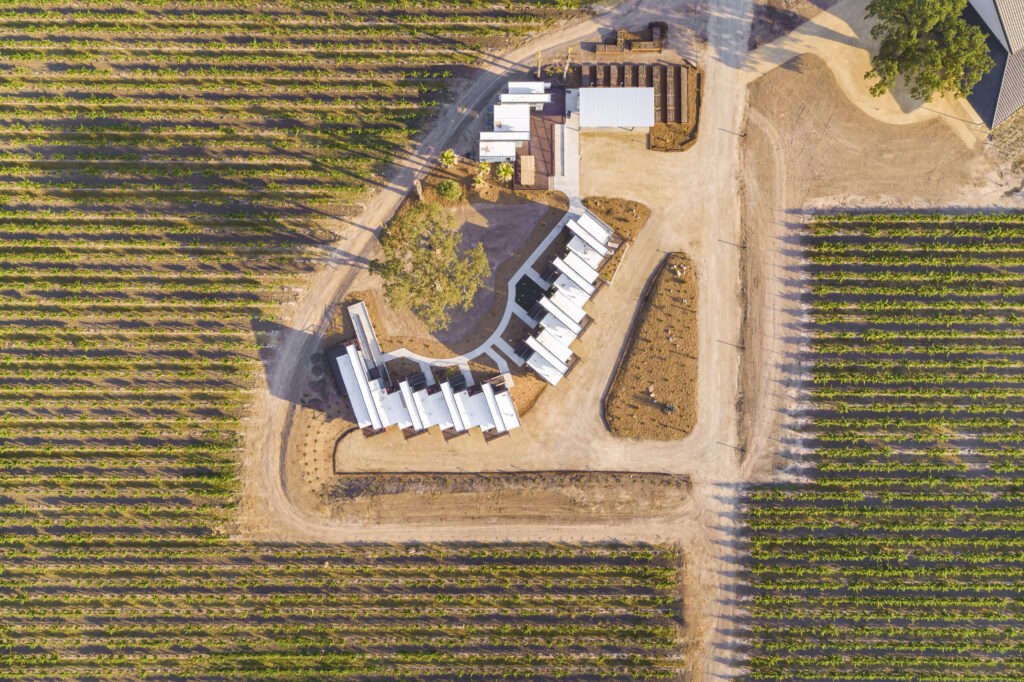
Geneseo Inn
Cass Winery’s new boutique hotel (from $325) is an impressive feat of modern engineering. Incorporating a matrix design concept, the buildings, all recycled shipping containers, are located in three clusters with different orientations, producing an interesting play of light and shadow. The luxury bed-and-breakfast’s eight guest rooms, including a larger bridal suite, are raised above the vineyard on steel pilotis to create covered parking areas and unobstructed views. Twelve-foot-high cathedral ceilings with multiple windows open up the lower spaces and enhance natural ventilation. The ceilings and floors in the guest rooms are made of materials recycled from a winery barn. Architect Walter Scott Perry, the founder of Los Angeles–based Ecotech Design, has been a sustainable design leader since the ’70s and pioneered the use of shipping containers in architecture.
Stables Inn
The 18-room Stables Inn (from $155), near Paso’s verdant Downtown City Park, was a labor of love for owners Robert and Sherry Gilson. The equestrian-loving couple, who also own Paso’s storybook Hotel Cheval, re-created the whitewashed stables found in Great Britain and furnished the inn with antiques found on their travels. Originally a midcentury roadside inn, the Gilsons added cupolas to the roof and cladding. Sliding doors and farmhouse furnishings, like simple white bed frames in guest rooms, add a western touch. The stunning Tack Room, a common space with wood-beamed ceilings, black-and-white photos and a galvanized metal windmill tail vane from the early 1900s, feels plucked straight from a Ralph Lauren ad.
The Piccolo
Open since October 2019, this luxury boutique hotel (from $409) has been a welcome addition to Paso’s historic downtown; much of the architecture dates back to the turn of the century. Designed by San Luis Obispo–based Ten Over Studio, the four-story property with a brick facade would be right at home in New York City. Guest rooms, including 23 luxury king rooms and a two-bedroom suite, resemble urban lofts with floor-to-ceiling glass windows, wide-planked dark wood floors and custom chandeliers by local blacksmith Hans Duus. Communal spaces mix urban sophistication with Paso style. Nature and local culture inspired the courtyard’s large hand-painted mural by California artists Hennessy Christophel and Sofia Lacin. The cozy library features locally sourced materials, while the Tetto Rooftop Bar, the first of its kind in downtown Paso, has contemporary slate gray couches and modern fire pits beneath a covered trellis.
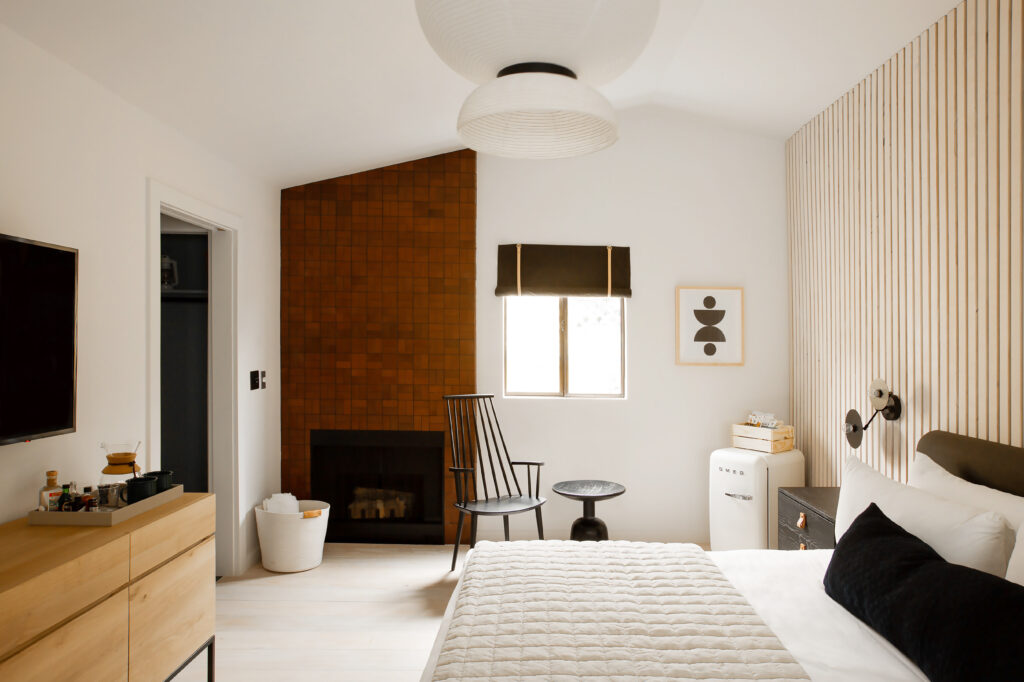
White Water
Paso’s design renaissance is spilling over to the coast. A 40-minute drive from Paso in Cambria, White Water (from $299), the first luxury-minded boutique hotel on the mile-long stretch of Moonstone Beach, opened in August. This is Los Angeles–based designer Nina Freudenberger’s first hospitality project, and the hotel sports a dark, off-black exterior with olive accents referencing native Monterey pine trees. The lobby and common area mix Scandinavian design and California bohemian vibes. A wall of windows provides abundant natural light and coastal views, while an intimate library is stocked with National Geographic magazines from the 1970s. Cabin-inspired guest rooms have Baltic birch wood, vintage fabrics and modern lighting.
Design-Centric Wine Stays
Sophisticated design in Paso also extends to the region’s wineries and shops.
The 16,000-square-foot Paso Market Walk, which opened August 1, is an innovative mixed-use development that includes a restored Victorian house and contemporary structures. The detached buildings house a mix of merchants including a Mexican restaurant, wine shop and experiential plant nursery. The project also includes the Lofts, six suites that are available for short-term stays.
The modern tasting room and winery Bar Architects created for sustainably minded Law Estate blends seamlessly into the landscape. Perched on the edge of Peachy Canyon, the functional winery has solar panels, a slanted rainwater collecting roof and an outdoor fireplace.
This lauded winery, built in 2016, features some of Paso Robles’ most beautiful modern architecture. Saxum’s spare-looking winery and tasting room, made of rusted steel, was designed by award-winning Lake/Flato Architects, while Clayton & Little designed the modern pole barn. The winery is only open to wine club members.
Lake/Flato Architects also took on this project, which combines a historic structure and modern architecture. Established in 1882, the first winery on the California coast operated until 2001. New owners bought it and opened it as Epoch Estate Wines in 2016. The state-of-the-art tasting room has original bricks and wooden pillars as well as new floor-to-ceiling glass windows and doors, steel beams and concrete walls.
This winery’s new wine cave and angular tasting room with sliding glass doors will open later this year; the 11,000-square-foot cave will be carved into a vineyard-laced hillside. Booker winemaker Eric Jensen, who thinks many of the white wines in the region are too tart, makes rounder white blends from roussanne and viognier grapes.




